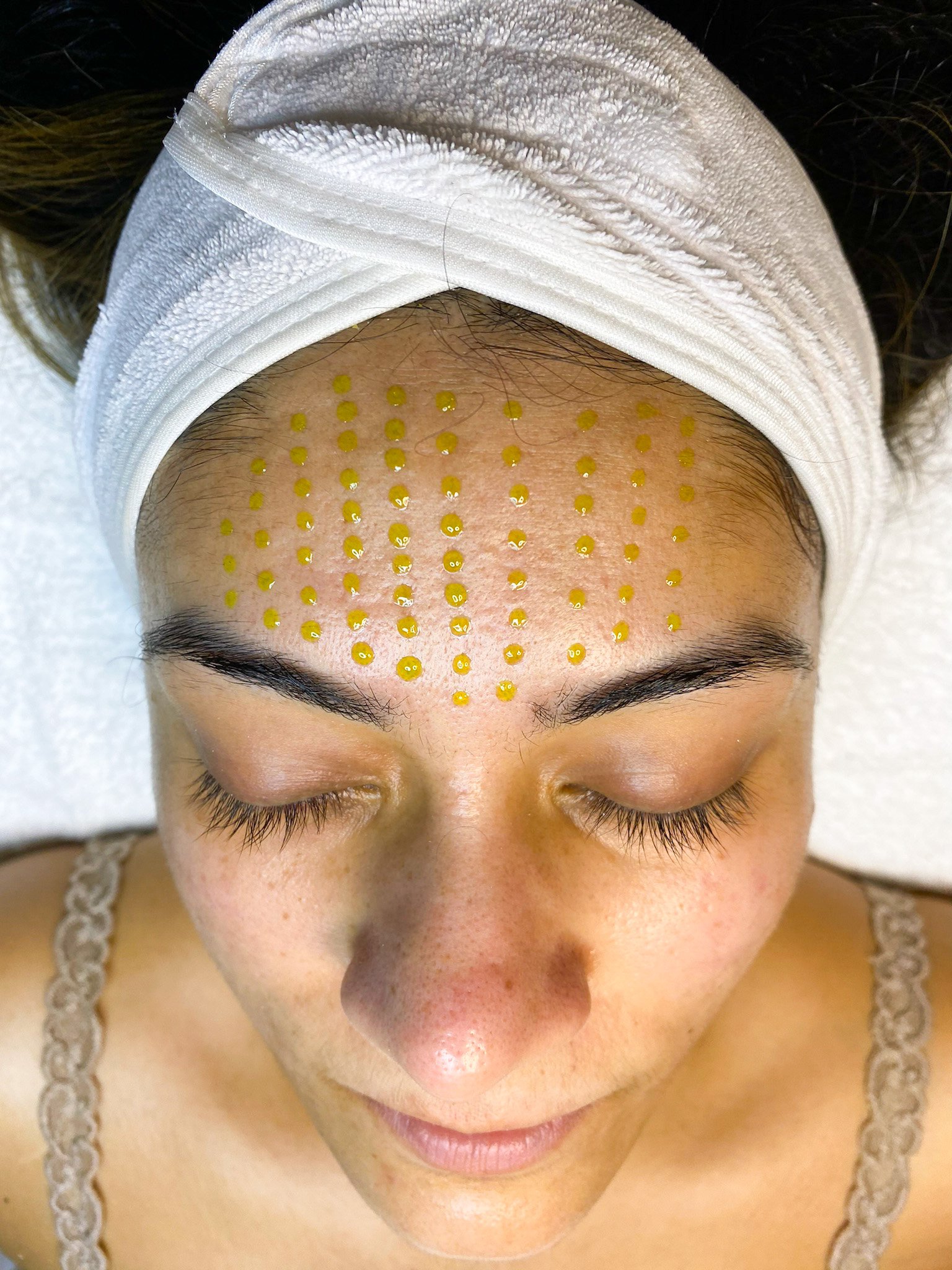What Do Chemical Peels Do?
By Marji Soofi
Chemical peels are an extremely effective way of achieving healthy skin as well as maintaining it too. The right chemical peel depends on what your goals are for your skin.
What are Different the Types of Peels?
Glycolic, Lactic, Mandelic and Salicylic acid are different types of acids used in peels. Sometimes a combination of acids are used to achieve a desired result. These peels will help to clear out pores, brighten the skin, improve the texture of the skin, and in cases of excess hair growth reduces ingrown hairs.
How Does a Peel Work?
A peel dissolves the material in your skin that adheres the layers together. This breaks down the bonds of the outer layer of your skin resulting exfoliation of the top layers and stimulating brand new healthy cell growth. Peels are sometimes temporarily uncomfortable, but this discomfort is short-lived and will quickly subside when the peel is removed.
What are the Benefits of Peels?
Facial peels can fade acne scaring, improve large pores, diminish sun damage and sun spots, reduce fine lines, wrinkles, crows feet, blemishes, and uneven skin tone, resulting in healthy, glowing, and vibrant new skin. For the best results multiple facial peels are suggested.
What Should Be Avoided Post-Peel?
There should be no hair removal 5 days or even longer post treatment depending on the skin, this includes waxing, threading, and electrolysis. Limit exposure to the sun and avoid tanning beds. Do not pick any dry areas. Discontinue using products with acids and retinol, and consult with your skin therapist as when to restart use.
To choose the most appropriate peeling agent, your skin therapist will assess your skin and choose the correct formula, (or protocol), for your skin. Taking these factors into consideration, we can design a program for you that will meet your skin health goals and leave you with youthful looking skin for years to come.


